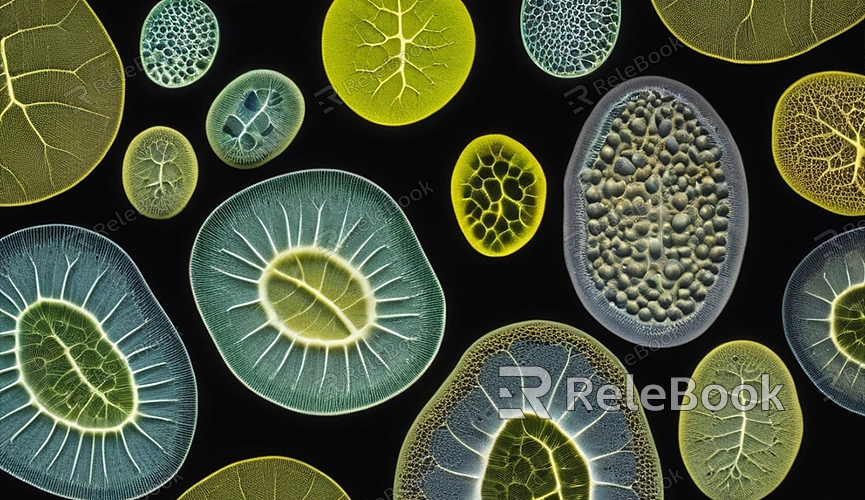C4D How to Build a 3D Plant Cell Model
In the realm of 3D modeling, creating a 3D plant cell model using C4D (Cinema 4D) is a fascinating and challenging project. This article will explore how to craft a realistic 3D plant cell model in C4D, along with offering practical tips and suggestions.
Preparation
Before diving into the creation of a 3D plant cell model, some preparatory steps are necessary:
1. Collect Reference Material
Start by gathering reference images and materials of plant cells. These resources help in understanding the structure and characteristics of plant cells. Reference materials can be sourced from biology textbooks, scientific websites, or image search engines.

2. Install C4D Software
Ensure that C4D software is installed on your computer. If not, you can download the installation package from the Maxon official website and proceed with the installation. It's recommended to use the latest version of the software for access to the newest features and performance optimizations.
Creating Basic Shapes
1. Build the Cell Wall
The cell wall forms the outermost layer of a plant cell. In C4D, use the "Cube" tool to create the basic shape of the cell wall. Craft a cube and adjust its dimensions to match the shape of a plant cell.
2. Construct the Cell Membrane
The cell membrane resides inside the cell wall and is a thin layer. In C4D, duplicate the cube representing the cell wall, scale it down, and then apply a "Cloth Surface" deformer to resemble a thin membrane.
Adding Cell Organelles
1. Chloroplasts
Chloroplasts are responsible for photosynthesis in plant cells. Utilize the "Sphere" tool to create chloroplasts and apply a green material. Multiple chloroplasts can be duplicated and placed inside the cell.
2. Mitochondria
Mitochondria are the energy factories of the cell. Create mitochondria using the "Capsule" tool and apply appropriate materials. Similar to chloroplasts, multiple mitochondria can be created and randomly distributed inside the cell.
3. Cell Nucleus
The cell nucleus serves as the control center of the cell. Use the "Sphere" tool to fashion the cell nucleus and apply nuclear material. Inside the nucleus, create a smaller sphere to represent the nucleolus.
Detail Refinement
1. Add Textures and Materials
To enhance realism, add appropriate textures and materials to each component. Download or create texture maps and apply them to the model in C4D. Rough textures can be used for the cell wall, while the cell membrane can use a translucent material.
2. Lighting and Rendering
Good lighting setup significantly improves the visual appeal of the model. In C4D, add multiple light sources, adjusting their positions and intensities for the best lighting effects. Finally, select appropriate rendering settings to produce high-quality images.
3. Post-Processing
After rendering, use software like Photoshop for post-processing. Adjust brightness, contrast, and color to make the final image more vibrant and realistic.
Creating a 3D plant cell model in C4D is a meticulous process. From collecting reference materials to creating basic shapes, adding organelles, and refining details, each step requires careful attention. By leveraging the various tools and functionalities of C4D effectively, you can craft a realistic and educational 3D plant cell model.
Whether you're just starting out in 3D modeling or are an experienced designer, continuous practice and exploration of new techniques are key to skill improvement. If you need high-quality 3D textures, HDRI, or 3D model downloads for your modeling and virtual scene creation, you can obtain them from Relebook, where you can directly import textures and 3D models into your project after downloading.

